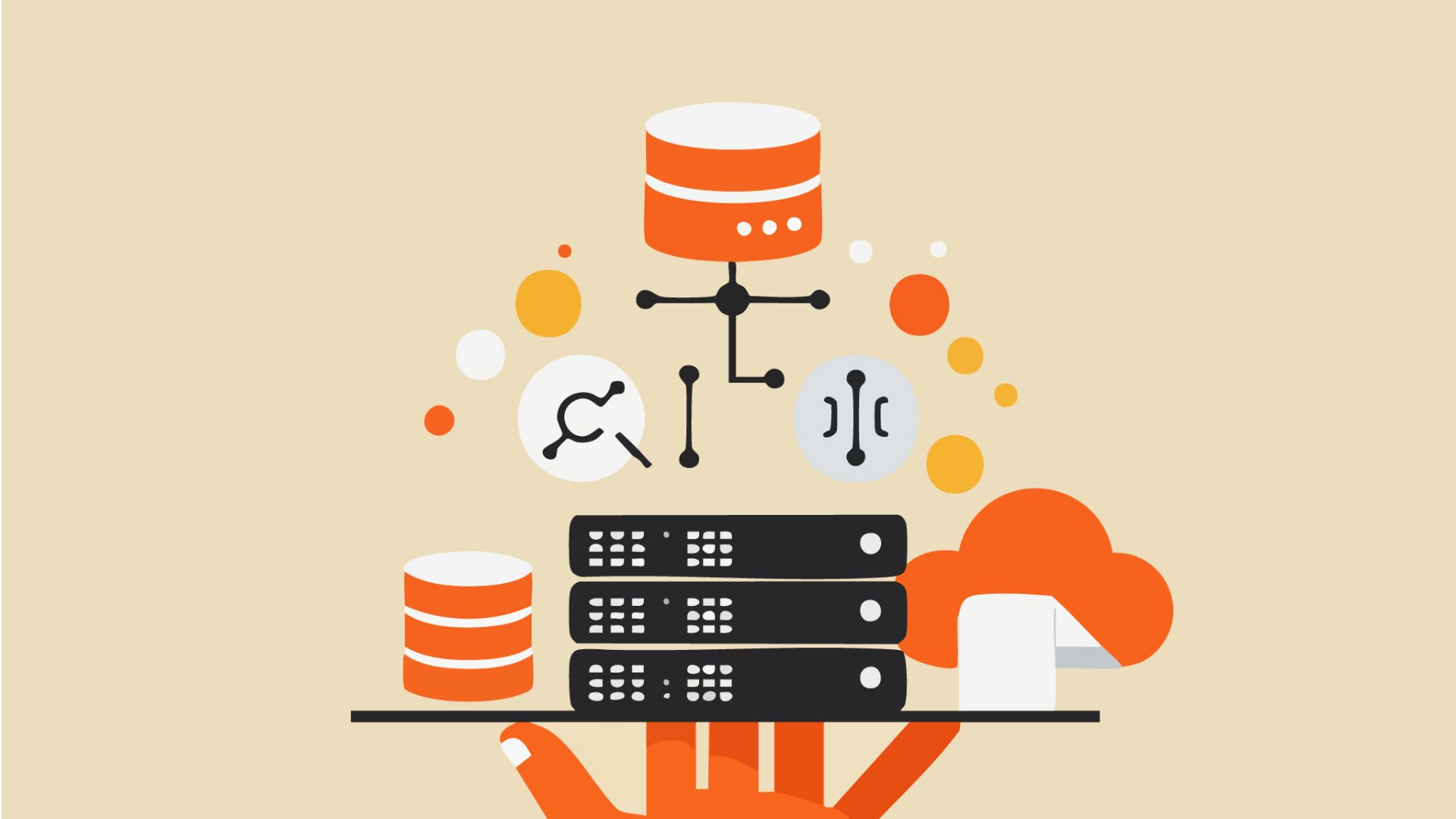Share this:
You know Visual One Intelligence® can optimize VMware. But how exactly? And how can it reduce dependency on VMware while minimizing compute costs?
While Broadcom’s planned acquisition raised a lot of fears among VMware clients last year, many of those fears were surpassed with the pricing and subscription changes Broadcom implemented this year.
By ending perpetual licenses and reshuffling what is (and what is not) included in each subscription package, Broadcom’s changes increased some organization’s VMware costs by as much as 1200%.
For medium-sized organizations in particular, this is an emergency. Infrastructure leaders are grappling with questions like “can anything be done to keep costs down in the short-term?” and “what is the best VMware alternative in the long-term?”
This is why one recent survey of over 250 infrastructure operations professionals indicated that their second-biggest priority for 2024 was “reducing VMware dependency.”
If this is you, Visual One Intelligence® can help you:
- Optimize your existing VMware architecture to achieve cost efficiencies;
- Identify a more affordable VMware alternative for future workloads;
- Plan and carry out long-term migrations from VMware to your chosen alternative.
This is Part 2 of our series “How Can I…” in which we look at common scenarios facing hybrid infrastructure teams and outline the ways Visual One Intelligence® can help. (Check out Part 1 here.)
Minimize Compute Costs by Maximizing Efficiency
As an example, let’s look at Interstate Shipping (not a real organization; their story combines the experiences of multiple Visual One users).
As a transportation organization with 3.5 PB of on-prem storage and around 500 TB of cloud storage, Interstate has a heavily virtualized infrastructure and relies extensively on VMware.
Since Broadcom’s acquisition of VMware, however, their VMware rates have more than tripled. Additionally, because of changes to VMware’s subscription packages, their current subscription will no longer include VMware Aria Operations (vROps), the compute monitoring and optimization tool Interstate relied on.
They plan to temporarily increase their budget to maintain operations in the short-term, but they cannot afford the increase for more than a year.
Having just subscribed to Visual One Intelligence® to help with their on-prem storage, Interstate was happy to learn that Visual One can also help with their new virtualization goals.
Find Immediate VMware Cost Savings
Before migrating any existing VMware infrastructure to a new platform, Interstate needed to optimize their virtual architecture. Besides being good practice prior to embarking on any migrations, optimizing now would create immediate VMware cost-savings opportunities to help while they evaluate VMware alternatives.
Using Visual One’s workload right-sizing tools, Interstate was able to significantly improve the efficiency of their VMware allocations.
Previously, their average VM utilization had been around 15% (with a few that were overutilized, causing performance problems). Now, their average VM utilization is near 50% with no remaining overutilized workloads.
By right-sizing, Interstate not only improved their performance but also created cost savings by reducing their needed VMware capacity.
At the same time, they also used Visual One to identify and reuse “zombie VMDKs,” resulting in reclamation of 0.5% of their disk storage space. Altogether, they realized $20,000 in savings by consolidating storage and workloads more efficiently.
Choose the Right VMware Alternative
There are many VMware alternatives Interstate could choose – including entirely different platforms. They could select a VMware competitor, move to a hyperconverged infrastructure using a vendor like Nutanix, containerize, or move deeper into the cloud.
With so many options, Interstate was relieved to learn that Visual One is compatible with all of them – meaning they would retain unified observability of their infrastructure no matter what they chose.
In the meantime, they had a lot to evaluate. Using Visual One for some of those evaluations – including by comparing costs between existing VMware workloads and similar workloads on other platforms – they eventually concluded that they could put new workloads on Nutanix at 30% of the cost of new VMware workloads.
By beginning the move to Nutanix – and using Visual One to right-size their Nutanix workloads over time – Interstate was able to start shrinking their VMware footprint faster and reduce the impact of VMware’s cost increases on this year’s budget by about $25,000.
They were also able to plan for the following year with more confidence about staying within their budget restrictions.
Execute Smooth Migrations
Interstate determined it would take about two years to fully move everything in their environment off VMware and onto Nutanix. A migration like this would take an extraordinary amount of time and effort. Fortunately, they found some ways to make things easier.
For example, by using Visual One’s hybrid-platform capacity planning, they were able to size and purchase their Nutanix hardware to accurately match their existing needs. With forecasting, they were also able to plan which VMs would need to be moved to Nutanix and which could be consolidated or skipped (saving lots of implementation time).
During this transition period, it would be important for Interstate to maintain visibility into both their VMware and Nutanix architectures – without the help of vROps, their compute monitoring tool which would no longer be included in their VMware subscription.
Using Visual One, Interstate monitored health and cost-savings opportunities for all of their infrastructure – correlating cloud, on-prem, VMware, and Nutanix data all in one place.
Not only did they find Visual One easier to use, but they also gained new insights by leveraging Visual One’s unique capacity planning and cost comparison tools – something they lacked with vROps.
That way, Interstate was able to avoid paying extra for vROps, significantly reduce staff time spent collecting and interpreting siloed reports, and better maintain their entire infrastructure throughout their transition – an overall value of $80,000.
Total Value Impact
After a year of using Visual One Intelligence®, Interstate’s IT director and infrastructure team were commended for keeping costs down at a critical moment while launching a new hyperconverged strategy to optimize compute costs in the future.
Altogether, relying on Visual One helped their team obtain over $125,000 in savings just by creating compute efficiencies and avoiding costs. Without even considering any savings Visual One helped Interstate achieve in their on-prem environment, that’s a 100% ROI.
With Visual One, virtualization engineers and infrastructure managers feel confident in their ability to keep costs minimized and evolve their architecture.
There’s a lot to consider when evaluating software tools. That’s why we offer demos on-demand: no waiting, no sales pitch.
Not yet ready to explore? Follow us on LinkedIn or subscribe to our infrastructure newsletter to keep tabs on Visual One and hybrid infrastructure news.






